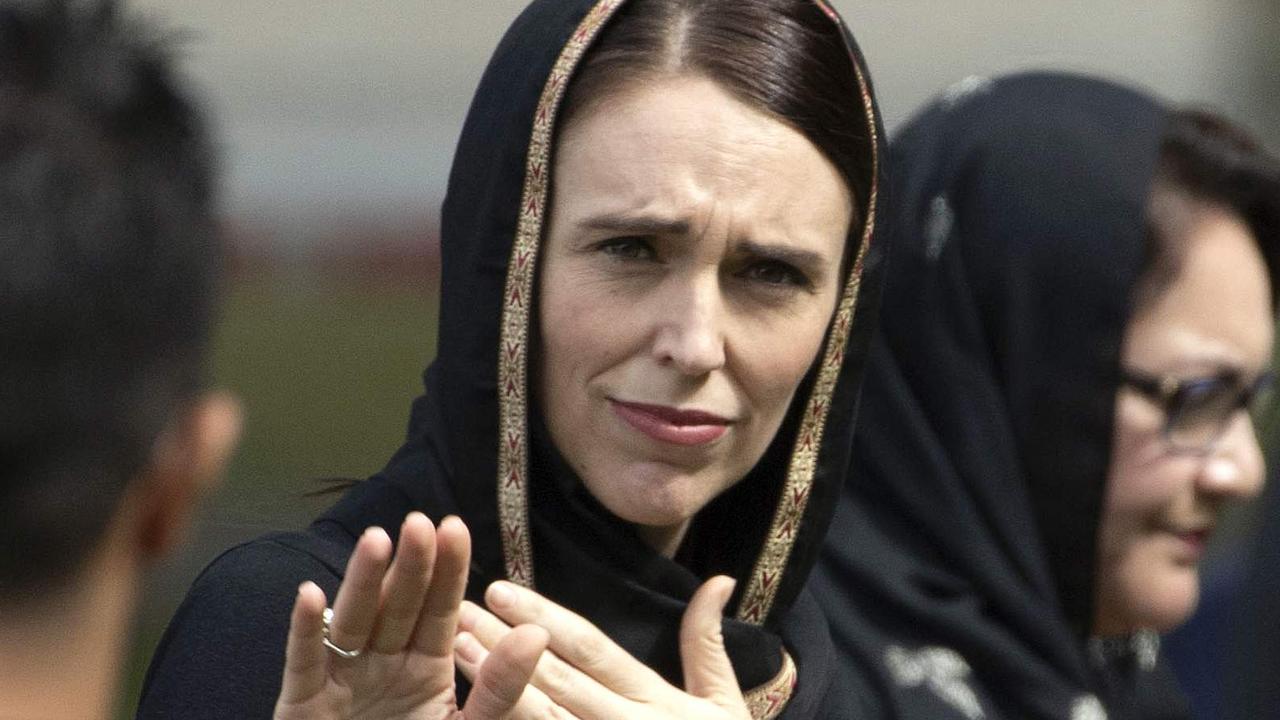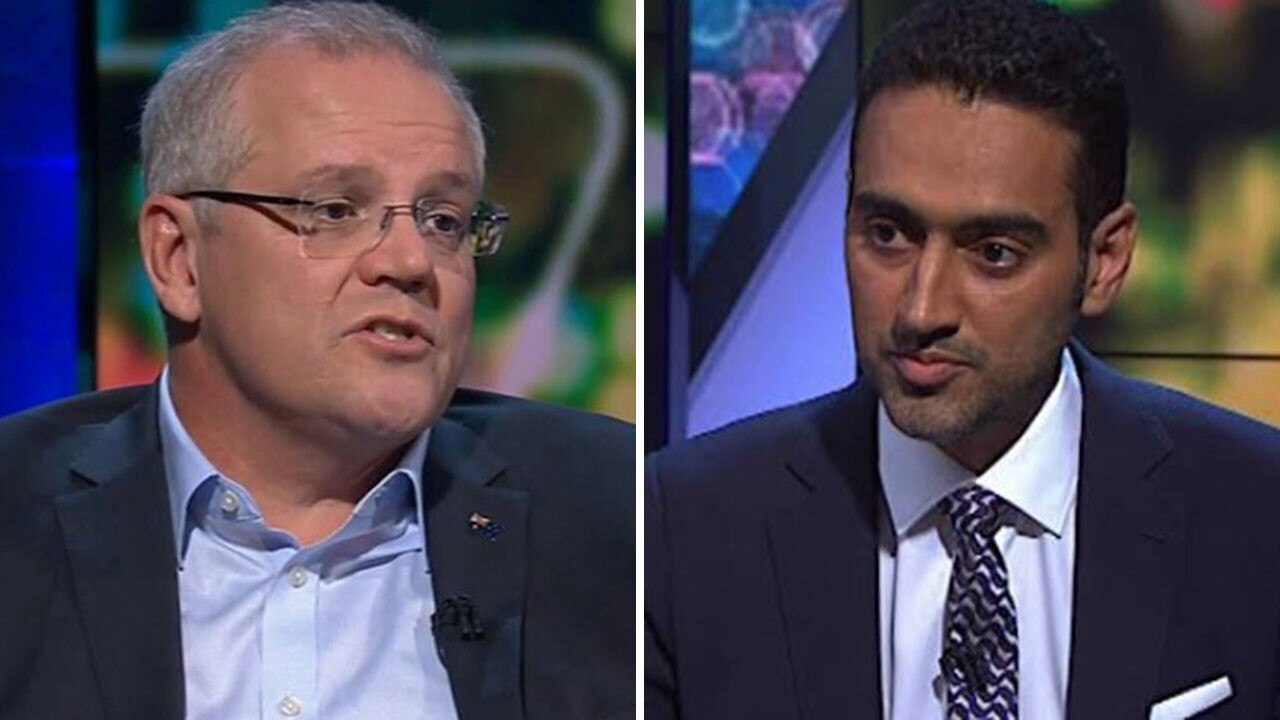
JUNE 4 in the Senate foreign affairs and trade estimates committee resembled the Labor-Greens alliance of recent memory. Greens senator Lee Rhiannon tagged with Labor’s Sam Dastyari and John Faulkner with help from independent senator Nick Xenophon to confront Attorney-General George Brandis on Israel. Brandis was representing Foreign Minister Julie Bishop.
Reports from the committee meeting have tended to run the line that Brandis changed Australia’s attitude to the Middle East peace process by describing some of the territories that Israel attained consequent upon the 1967 Six Day War as “disputed” rather than “occupied”. In fact, Bishop had flagged the Coalition’s position on this matter in an interview with ABC Radio National Breakfast’s James Carleton on September 6 last year.
It was Rhiannon who spiked the controversy when she asked this question of Peter Varghese, the secretary of the Department of Foreign Affairs and Trade: “Why did the Australian ambassador to Israel attend a meeting in occupied East Jerusalem...?” Brandis, in turn, described the question as “rather tendentious” and added that the word occupied in this context “is not something that the Australian government of either political persuasion acknowledges or accepts”.
Despite the evident support given to Rhiannon by Dastyari, Faulkner and Xenophon, there is no evidence to suggest that any Australian government minister has referred to “occupied East Jerusalem”. There have been, however, references to the occupied territories. This description was once used by some to refer to areas such as the Sinai, Gaza, the Golan Heights and the West Bank.
Israel returned the Sinai Peninsula to Egypt in 1982. In 2005, Israel withdrew from Gaza, which is now ruled by the terrorist Hamas organisation. The Golan Heights still remains disputed between Israel and Syria. The Palestinian Authority, which recently included Hamas in its government, presides over much of the West Bank, with the obvious exception of the Israeli settlements.
Following its defensive war in 1967, Israel captured East Jerusalem and the West Bank, which had been occupied by Jordan for some two decades. Jordan never created a Palestinian state and no such nation has ever existed. Clearly in 1967 Israel did not conquer and occupy any territory ruled over by a Palestinian nation.
Any successful Middle East peace process will almost certainly involve the withdrawal of Israel from nearly all areas of the West Bank and, possibly, a part of East Jerusalem. Also, it is likely that there would be land swaps between Israel and what would become the nation of Palestine in a two-state solution.
This would be consistent with the UN Security Council Resolution 242, passed in November 1967, which called on Israel to withdraw from “territories”, not all territories, as part of what would now be called a land-for-peace deal. In such an eventuality, it is likely that Israel would swap some land within its borders since the creation of the state in 1948 for some of the land that it took from Jordan (not Palestine) in 1967.
Anyone familiar with the topography of Jerusalem would be aware that Israel is not defendable on its 1967 borders.
Former Labor foreign minister Bob Carr is a critic of Israeli Prime Minister Benjamin Netanyahu and his government. Yet even Carr concedes in Diary of a Foreign Minister that Israel’s security concerns are real. Carr relates a conversation at the Knesset in Jerusalem when he asked the Israeli Prime Minister to explain his security concerns. An aide pulled aside the curtains and Netanyahu declared: “I don’t want Iran on that hill.”
If the Rhiannon line prevails, there will be no peace process at all. And no Palestinian nation. Even beyond the obvious security concerns, East Jerusalem includes the Jewish quarter of the Old City including the Wailing Wall, Judaism’s holiest site.
It is doubtful whether any democratically elected Israeli government would willingly facilitate a pre-1967 situation occurring again whereby Jews are driven out of East Jerusalem and prevented from praying at or visiting the Wailing Wall.
At the Senate hearings, Rhiannon berated Varghese, who was doing his job as a non-partisan adviser to the elected government. Yet Rhiannon declared she had been insulted when Brandis commented on her longstanding membership of that part of the Australian communist movement that supported the Soviet Union right up until the collapse of the Berlin Wall in 1989.
Rhiannon’s past association with communism is a matter of public record. Interviewed on Radio National on December 6 last year, she even admitted to having studied at the Lenin International School in Moscow in 1977, at the height of Leonid Brezhnev’s brutal totalitarian dictatorship.
A two-state solution may take place in the Middle East. Even if it does, this will not suddenly bring peace and stability to the region. The Israel-Palestine dispute is but a sideshow in the looming battle between the Shia and Sunni brands of Islam.
Sunni Saudi Arabia is much more concerned with Shia Iran than with Israel. And, right now, the Sunni terrorist movement the Islamic State of Iraq and al-Sham seems more interested in murdering Shia Muslims than Jews or Christians.
On ABC’s Insiders last Sunday, David Marr suggested “there is a very real possibility that the Arab world is going to respond to Australia’s unique stand on East Jerusalem by saying: ‘Well, we won’t buy your wheat.’ ”
Similar views have been expressed by Suzannah Moss-Wright of the Australia Arab Chamber of Commerce.
This seems unduly pessimistic. The Arab world, plus Iran, appears to be involved in a religious civil war of disturbing ferocity.
In such a reality, Australia’s position concerning the appropriate terminology on East Jerusalem is of scant importance. Despite Rhiannon’s Green-left advocacy.
Postscript: In last week’s column I should have said that Australia met its Kyoto targets under the Howard government, not that Australia signed the Kyoto Agreement. Also Erik Jensen’s tweet re Tony Abbott’s “Canadia” stumble was: “What can you expect from the Austrian (not Australian) prime minister?”
Gerard Henderson is executive director of the Sydney Institute.



